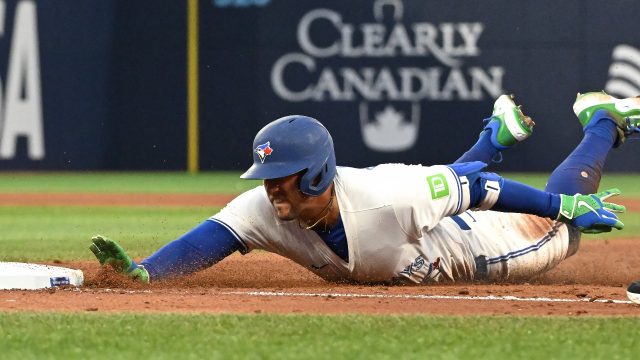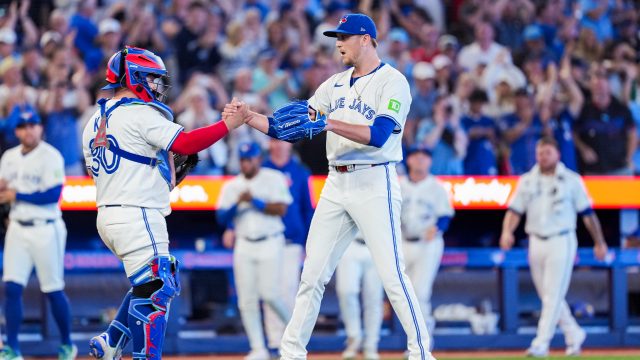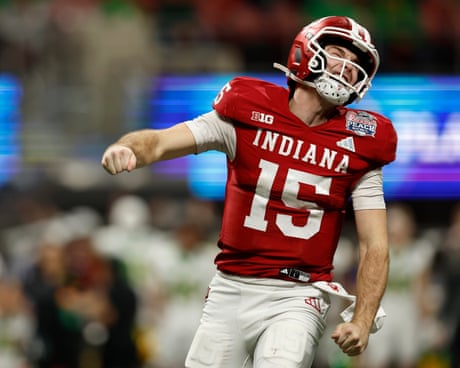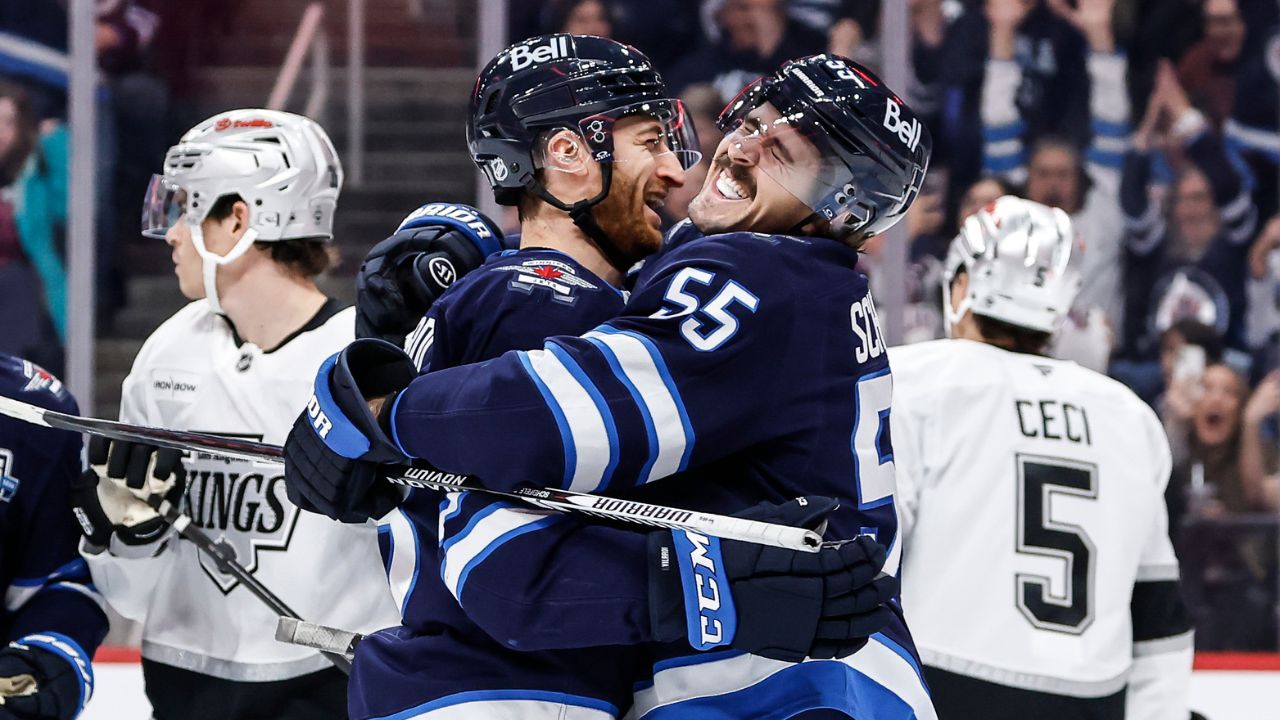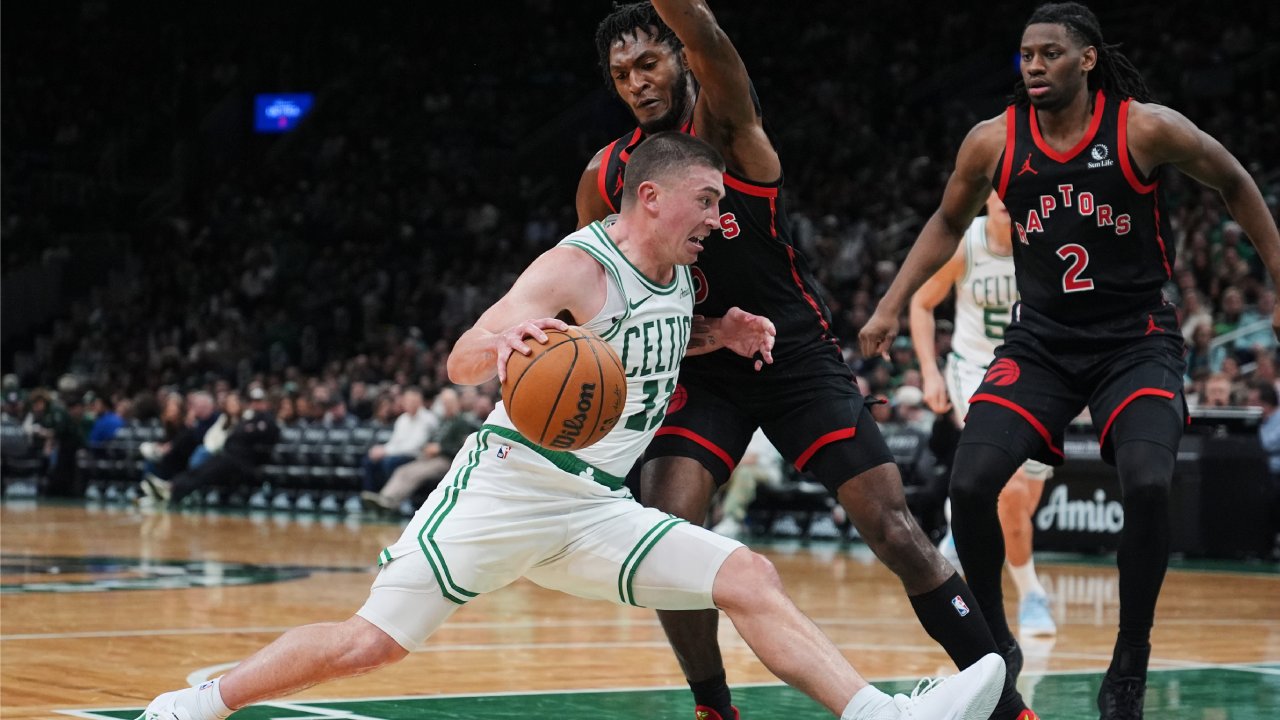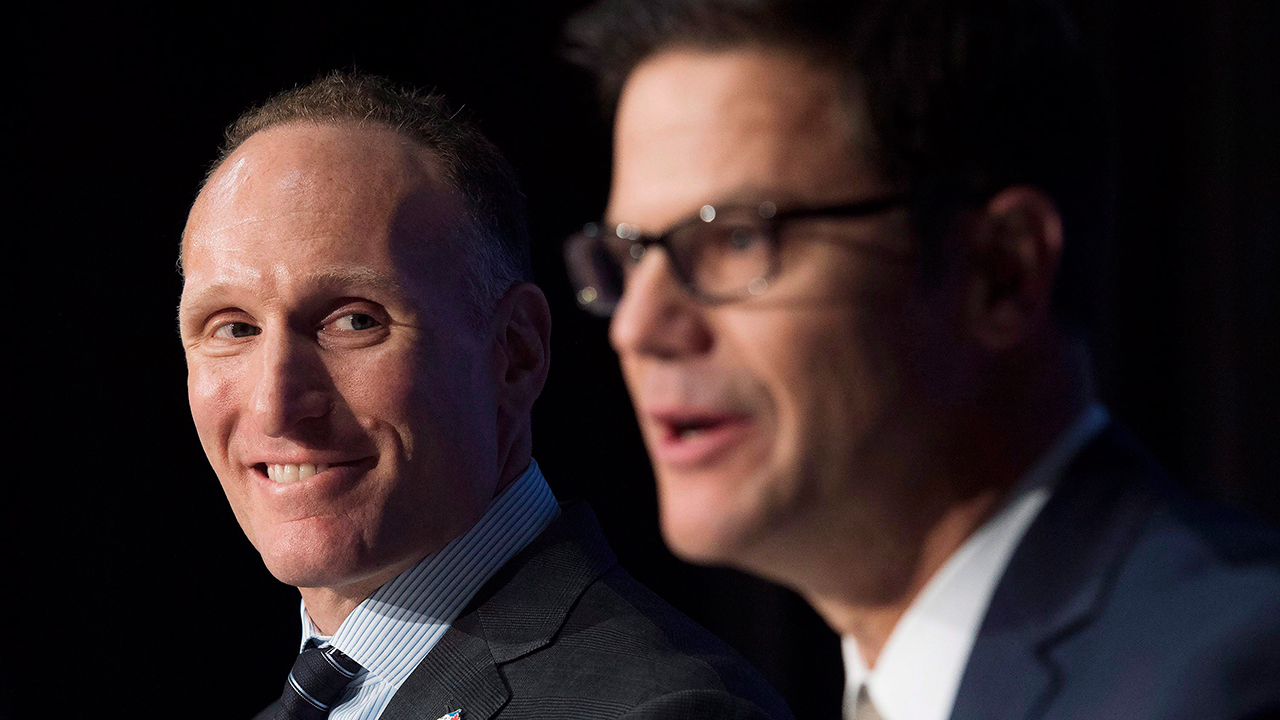
TORONTO — With a little more than a week remaining before the trade deadline, the Blue Jays are motivated buyers with the flexibility to consider a wide range of players and enough prospects to engage seriously with every seller.
But those sellers aren’t budging off their high asking prices yet, as is typical with more than a week remaining before the deadline. Further complicating matters, there’s a pronounced shortage of starting pitching out there, according to executives involved with that market.
Of course, the Blue Jays have been here before, and every year they’ve been buyers under president Mark Shapiro and GM Ross Atkins, they’ve been active, completing at least three trades, including at least two deals for pitching. So, while it’s possible this is the year that pattern changes, an active deadline is the norm for this front office.
“We’ve put ourselves in a position where we think that there should be things done to help us,” shortstop Bo Bichette said this week. “But at the same time, we’re so confident, everybody in that (clubhouse), that whatever happens, we’ll just continue to come here and try to win. And I think nothing will affect this group.”
The question then becomes where the Blue Jays add, and when. To start with the ‘when,’ the Blue Jays’ preference would obviously be to move sooner rather than later. At the same time, it’s the sellers who control the pace of the market, not the buyers, and sellers have little incentive to lower their asking price so far removed from the deadline.
For now, teams either pay extra, the way the Rays did when they sent the 37th overall pick to Baltimore for reliever Bryan Baker, or wait. Eventually, the sellers will have no choice but to take what they can get — yet we aren’t there yet.
There’s a real opportunity in front of the Blue Jays — that is, a chance at an AL East title and, more importantly, a first-round bye. Plus, the goal isn’t just to reach the playoffs, it’s to win there, and the more talent buyers add now, the better equipped they are to play deep into October. With that in mind, the Blue Jays are motivated to add.
At the same time, the Blue Jays will also want to acquire players this winter and next summer, so emptying the farm now would limit them later. And if faced with the decision to give up, say, nine prospects to get 2.5 projected WAR or five prospects to get 2.0 projected WAR, the vast majority of MLB executives will choose the latter. It’s rare for a buyer to truly be ‘all-in.’
As for the question of where the Blue Jays add, their front office staffers are gathering background info on dozens, if not hundreds, of players just as they do every off-season. With that, they must also get a read on how their 29 rivals plan to approach the deadline. For instance, the Rockies are said to be more willing to sell than usual, the Twins appear to be leaning toward selling, the Rangers and Royals are said to be taking it down to the wire, and the Rays and Red Sox are seen as wild cards who could add and subtract from their MLB teams at once.
Once sellers decide on a course of action, it’s a safe assumption that the Blue Jays will have interest in the best players. Look no further than their recent off-season pursuits of Shohei Ohtani, Juan Soto and Corbin Burnes for a reminder that this front office tends to start shopping at the very top of the market.
Granted, there’s not much elite talent available this year, but it would be a real surprise if the Blue Jays hadn’t done at least some diligence on the likes of Eugenio Suarez, Emmanuel Clase and Joe Ryan, all of whom are believed to be available if the return is great enough. The Blue Jays’ history of trades for the likes of Jose Berrios and Jordan Hicks shows they’re willing to pay for coveted players mid-season, even if the price is high.
But while the big names are exciting, recent history tells us the Blue Jays will also be comfortable looking beyond the stars and seeking unheralded players who can help down the stretch. As the likes of Adam Cimber and Trevor Richards showed in 2021, it’s sometimes the overlooked players who have an outsized impact, while established names like Brad Hand have struggled after summer trades to Toronto.
As for the question of what the Blue Jays target, no deadline would be complete without a reliever, and that’s one area Atkins has addressed every year. In fact, with Yimi Garcia sidelined, some rival executives see a case to be made for adding two leverage relievers. A third pitcher who offers the ability to start a game would help, too.
Of course, that’s just one possible scenario among many. But either way, expect the Blue Jays to be active in the markets for starting pitching and relief pitching, as they have been every year they’ve contended under this front office.
Alongside that, the Blue Jays are interested in adding position player help. They’ll remain open-minded to everyday players, of course, especially at a time when Anthony Santander still hasn’t resumed swinging a bat. But those players are naturally more expensive, and if the Blue Jays end up needing their prospects to acquire pitching, they could turn their attention to bench bats instead.
In the end, the Blue Jays can improve their team in many ways, which means they don’t have to fixate on any one pathway — just as long as whatever they do leads to an improved pitching staff.


